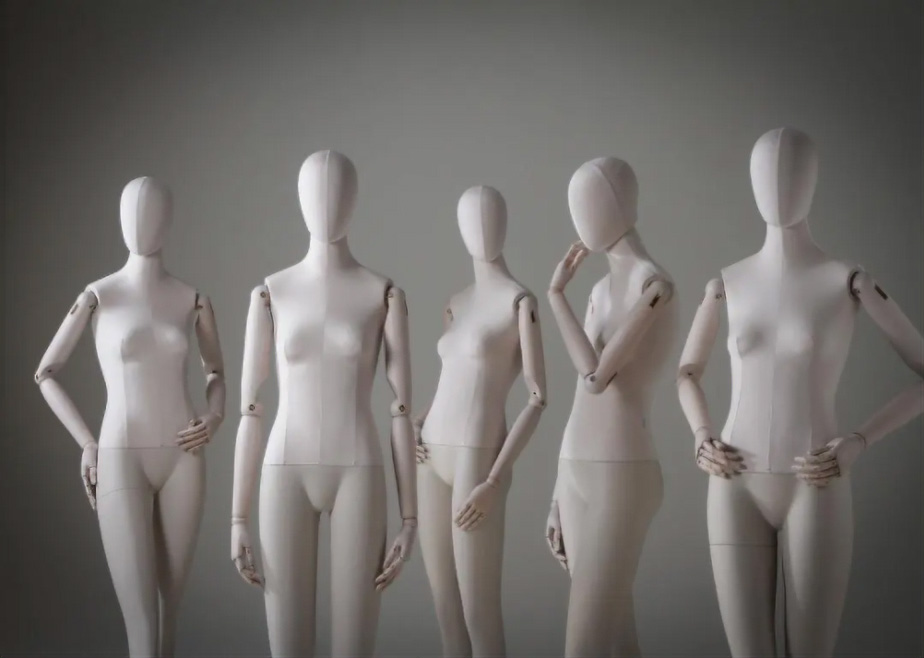When I was a teenager, I thought I was somewhat chubby. Shopping outings with friends were bittersweet: the joy of friendship, but the frustration with my body.
I don’t know if you’ve ever had this experience: going shopping, full of enthusiasm, visiting several stores, trying on clothes… yet finding nothing that fits. In one store, the top was too tight; in the next size up, I was swimming in fabric. In another, the belt made it hard to breathe. The pants were so long I could have cleaned the floor with each step, and the ruffles looked way better on my friend Marie while I looked like a sweet meringue! By the end of the day, an insidious discomfort would settle in. My self-image took a hit, guilt crept in, along with a touch of sadness. It never occurred to me that the problem might not be me.
Then one day, during a chilly winter in Chile, in the workshop of my dear professor Ignacio Lechuga, one of the masters of sartorial art, I understood something that transformed my life. The only measurement all women share is the hip height, which varies between 16 and 17 cm… and even then, there are exceptions! You may be wondering how this realization changed my life. Behind this discovery is a powerful insight: there is no such thing as a standard body. It doesn’t exist! When we go shopping, we expect our bodies to fit the standards of each brand. Yet, each brand defines its own customer profile, and a size 10 at The Kooples is not the same as a size 10 at Etam, just like a size G at Maria Filó is not the same as a G at Garage. The issue isn’t your body.
When we understand that society’s ideal (particularly in France) leans toward thinness, it’s easy to see the impact on size standards. However, the average weight of French women has increased over the years: in 1970, it was 60.6 kg, while today it’s estimated at 67.3 kg (Ufih).
Let’s look at some numbers: in France, size 34, worn by only 0.7% of women, makes up about 14% of clothing options, while size 46, worn by 9% of women, represents only 0.6% of the offerings (French Institute of Textiles and Clothing, IFTH). And in Brazil, despite progress, size variability remains a major issue, with consumers still struggling to find clothes that fit well.
In writing this article, my goal is to share this insight, hoping it will help you rethink your relationship with your body. Your body is not a standard; you are unique.
For me, being able to create custom-made clothes allowed me to honor my body in a respectful way. Nowadays, shopping is pure pleasure. It’s never my body that’s a problem; it’s simply the brand that has nothing to offer my uniqueness.
I don’t weigh myself anymore. I feel good in my body, and numbers no longer have a negative impact. What is a size 10, 14, or XL? When I see something I like, I try it on. If it fits, great; if not, no problem!
My new motto: kindness!
